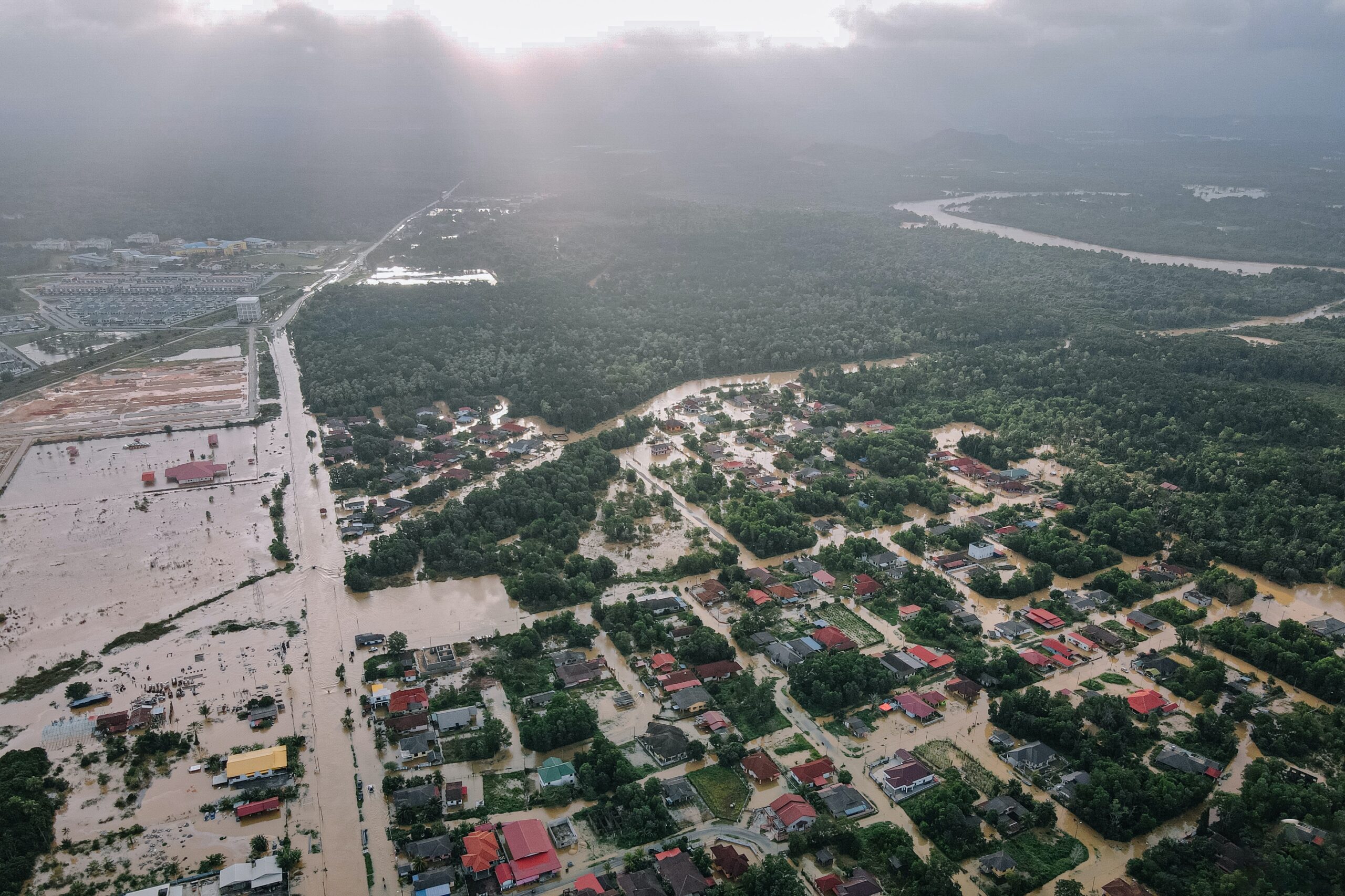
In disaster management, effective coordination between various stakeholders is vital. Government agencies, including the meteorology department, local authority, welfare department, police department, and other agencies, must work together to develop comprehensive plans for mitigating risks, enhancing preparedness and response, and minimizing damage to both assets and human lives. By actively sharing information and helping one another, cooperation among various groups can ensure the safety and improve preparedness of everyone involved.
About the author

Dr. Nor Hidayati, a senior lecturer at Azman Hashim International Business School (AHIBS), UTM Kuala Lumpur, began her professional journey at Faculty of Computing, UTM Johor Bahru. She earned her bachelor’s degree in Information Technology from UKM, followed by an MSc in Computer Science at UTM. She further pursued her PhD in the field of Information Systems from Queensland University of Technology (QUT), Australia.

 In Malaysia, the confirmed lack of coordination throughout the disaster management cycle, deficient of planning process, imbalanced decision-making between top-down and bottom-up approaches resulted to low resilience when faced with disasters. The limitation of coordination throughout the disaster management cycle poses a significant hurdle. Furthermore, establishing sustainable and effective collaboration in inter-agencies proves to be highly challenging as it involved formal agreements, defined roles and responsibilities, pooled resources, knowledge sharing and shared goals. Thus, the presence of a centralized platform becomes crucial for managing the vast amount of knowledge generated by the diverse set of agencies involved.
In Malaysia, the confirmed lack of coordination throughout the disaster management cycle, deficient of planning process, imbalanced decision-making between top-down and bottom-up approaches resulted to low resilience when faced with disasters. The limitation of coordination throughout the disaster management cycle poses a significant hurdle. Furthermore, establishing sustainable and effective collaboration in inter-agencies proves to be highly challenging as it involved formal agreements, defined roles and responsibilities, pooled resources, knowledge sharing and shared goals. Thus, the presence of a centralized platform becomes crucial for managing the vast amount of knowledge generated by the diverse set of agencies involved.
Explore the benefits of implementing a robust Centralized Repository (CR), a platform designed to store and manage data, supporting the knowledge sharing requirements among inter-agencies. This CR facilitates the seamless knowledge sharing, documentation, and retrieval processes. By addressing coordination challenges, balancing knowledge across different stages of disaster, strengthening the lessons learned process, and facilitating efficient data sharing, we can harness the collective knowledge and expertise to enhance disaster management practices.
Ontology provides a formal description of knowledge, emphasizing the relationships between concepts. It fosters standardization and common terminologies, enhancing understanding between stakeholders, and plays a pivotal role in capturing domain knowledge and facilitating adaptability. In other words, ontology like a smart brain that understands and connects these concepts. It allows easy navigation through the data and helps standardize the terminology used by different stakeholders. Ontology helps create a common understanding by using the same words and definitions for important terms. For example, everyone involved can agree on what “evacuation center,” “incident command,” or “damage assessment” mean. This helps everyone communicate and work together more effectively.

Ontology provides us with the flexibility to update and modify information as required. For example, if a flood spreads to new areas, we can update the information in ontology to reflect the new affected regions, resources required, and adjusted evacuation plans. This helps us respond to the evolving situation. By embracing the power of ontology, we unlock new possibilities for data representation, integration, and analysis.
Imagine databases as organized collections of information. In the past, databases were structured in a hierarchical way, meaning the data was organized like a tree with branches and sub-branches. Then came relational databases, which were a big improvement. They allowed data to be organized in tables and related to each other using common fields. However, relational databases had their own issues. They struggled with problems like making data consistent and performing efficiently.
To solve these problems, we turn to ontology. Ontology is a tool that helps describe knowledge by focusing on how concepts are related to each other. It provides a way to link different concepts in many different ways, without being restricted by a fixed structure like a traditional database. With ontology, we can overcome the limitations of traditional databases and their structured models. Therefore, in principal, ontology allows us to connect information in different ways. It provides a structured approach to accessing information related to interconnected concepts.
In disaster management, there are many things that are connected and affect each other. For example, in a flood situation, factors like weather conditions, water levels, evacuation routes, and emergency response teams are all related. Imagine if emergency responders need to quickly find out about available resources like medical supplies or search and rescue teams. Here, ontology aids in comprehending these connections and ensures the inclusion of crucial factors when dealing with disaster management. It facilitates a smooth exploration of interconnected information, leading to quicker access to the necessary resources.

Through ontological interconnections, divers stakeholders like government agencies, non-governmental organizations, local communities and other institutions can collaborate more effectively. Each stakeholder contributes their unique expertise, experiences, and knowledge about floods, leading to a better overall understanding of the disaster and its impacts. In this context, the concept of Interlocking Institutional Worlds (IWs) highlights the need for agencies to work together to adress common interests. When a disaster occurs, it affects multiple and systems, emphasizing the interconnectedness of our world. In IWs, different concepts are interconnected and cooperation among agencies requires establishing a common terminology for smooth communication and avoiding misunderstandings. Applying the IWs concept in disaster management helps us to understand how different pieces of information connect and influence one another, enabling better decisions and coordinated actions. This collaboration involves government agencies, communities, and organizations working together, sharing information and helping each other to ensure everyone’s safety and preparedness.
For further details and additional information, please refer to:
- “Towards Central Repository Design for Domain Interlocking Institutional Worlds,” 13th IADIS International Conference Information Systems 2020.
- “Pertinent Knowledge Storage Processes for Central Repository Design in Domain of Interlocking Institutional Worlds,” International Journal of Enterprise Information Systems (IJEIS), IGI Global, vol. 17(2), pages 105-124, 2021.
